¶ Introduction
Although an aircraft can be operated throughout a wide range of attitudes, airspeeds and power settings, it can be designed to fly hands-off within only a very limited combination of these variables. Trim systems are used to relieve the pilot of the need to maintain constant pressure on the flight controls and usually consist of flight deck controls and small hinged devices attached to the trailing edge of one or more of the primary flight control surfaces. Designed to help minimize a pilot's workload, trim systems aerodynamically assist movement and position of the flight control surface to which they are attached.
There are four main types of trim tabs:
- Trim tabs
- Balance tabs
- Antiservo tabs
- Ground adjustable tabs
Sometimes the concept of a trimmable horizonal stabilizer is also referred to the trim system.
This is dealt with here.
¶ Trim tabs
The trim tab is the most common type of tabs used in small single-engine airplanes. Placing the trim control in the full nose-down position moves the trim tab to its full up position. With the trim tab up and into the airstream, the airflow over the horizontal tail surface tends to force the trailing edge of the elevator down. This causes the tail of the aircraft to move up and the nose to move down.
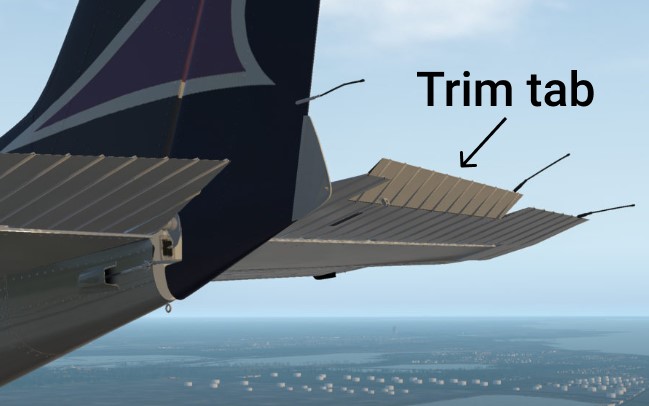
A trim tab is usually operated by moving a small control wheel in the cockpit. It also includes a trim tab position indicator:
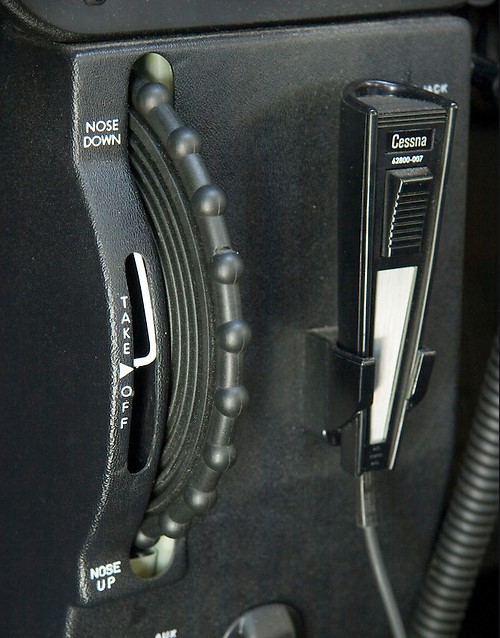
¶ Balance tabs
The control forces may be excessively high in some aircraft and, in order to decrease them, the manufacturer may use balance tabs. They look like trim tabs and are hinged in approximately the same places as trim tabs. The essential difference between the two is that the balancing tab is coupled to the control surface rod so that when the primary control surface is moved in any direction, the tab automatically moves in the opposite direction.
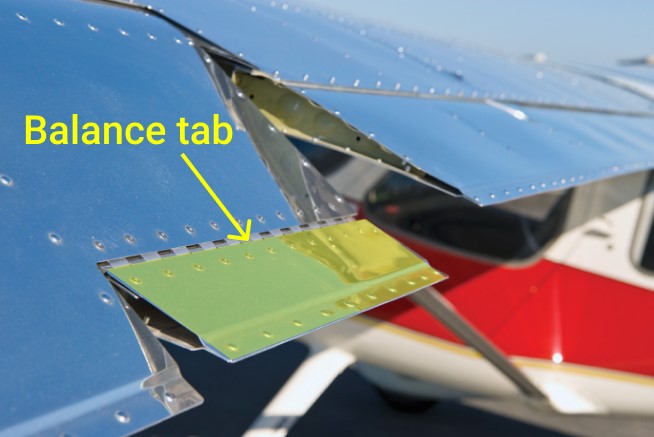
¶ Antiservo tabs
Antiservo tabs are similar to balance tabs, but they move in the opposite direction. It deploys in the same direction as the control surface, making the movement of the control surface more difficult and requires more force to be applied to the controls by the pilot. In small aircraft, it increases the control feel, and helps prevent you from over-controlling your aircraft's pitch. One of the most popular examples of the antiservo tab is on the Piper Cherokee. Without it, the plane would be much easier to pitch up and down, but it would also be easy to over-control, and possibly overstress the airframe.
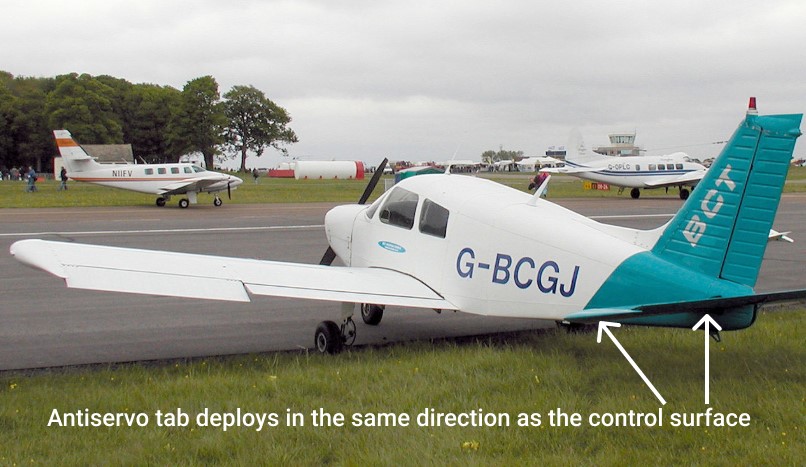
¶ Ground adjustable tabs
Many small aircraft have a nonmovable metal trim tab on the rudder. This tab is bent in one direction or the other while on the ground to apply a trim force to the rudder. The correct displacement is determined by trial and error. Usually, small adjustments are necessary until the aircraft no longer skids left or right during normal cruising flight.
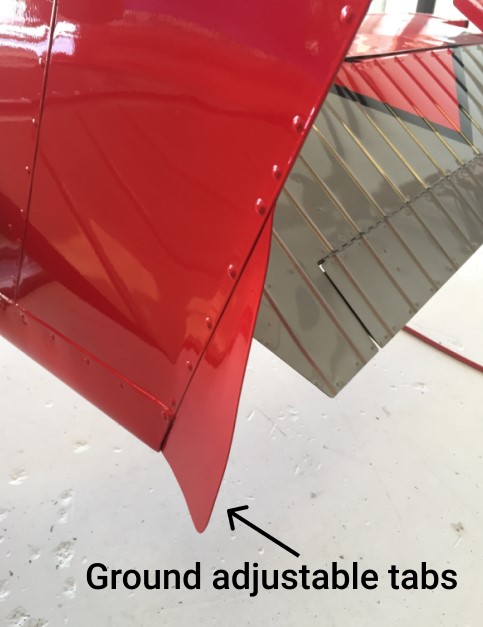
- Pilot's Handbook of Aeronautical Knowledge by FAA - Chapter 6 Flight controls
- boldmethod.com
- VID 531824 - Creation
- VID 496402 - Wiki.js integration